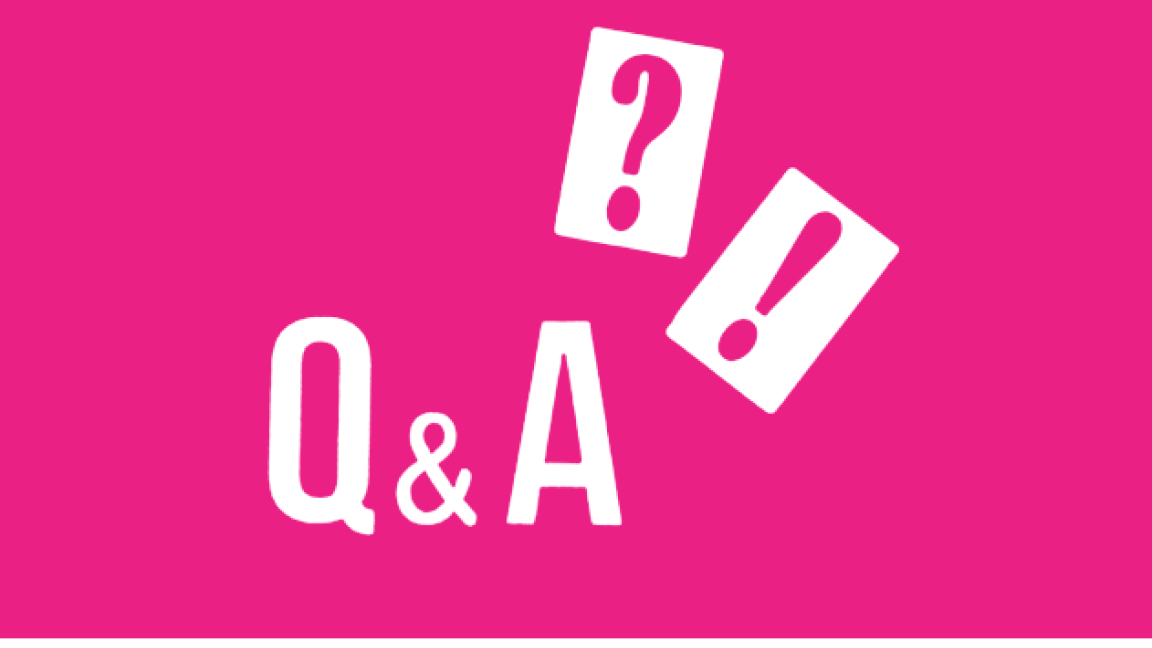When you are keeping track of your period on the calendar, you want to note the first day that you see blood and the last. At the beginning and the end, your period could look more like discolored discharge ranging from pink to brown than the very red blood that you see on the heavier days of bleeding. Mark your first day on the day you see this color change and the last day according to this same description. For example: day one (light pink spotting), days two through five (red bleeding), day six (light brown discharge), day seven (clear-whitish discharge). Mark days one through six on the calendar as period days. On the days in between your periods, it is common to have a clear, milky to light yellow discharge that varies in consistency and amount. Keep in mind that when you are counting, day one of your cycle is the first day of your period.
When I keep track of mine, I stop marking it when the bleeding stops. Personally, I think discharge would be a little hard to keep track of as it can be more subtle. The most important thing is to be consistent with what you track. That consistency will help you detect patterns. Of course, you can use any calendar to track your period but this one from girlshealth.gov is pretty handy.
Because discharge can happen at any time, I’ve always used the end of my blood flow to signal the end of my period. However, if you consistently have discharge after your period, you can include that time in your calendar to help you plan for product needs (like liners). And for an official answer on when a period ends, see what our health expert Sandy has to say. Hope this helps!








